Welcome to the fifth issue of Teaching the Legacy, the e-newsletter of the International School for Holocaust Studies at Yad Vashem. This issue focuses on January 27th, the date recently recognized by the United Nations as an international day of commemoration to honor Holocaust victims, and legislated as Holocaust Remembrance Day in eighteen countries. The main article is an interview conducted with Dr. Doron Avraham on the ICHEIC Program for Holocaust Education in Europe at Yad Vashem. This issue contains two lesson plans, for lower and higher grades, on the subject of children in the Holocaust. The e-newsletter also includes a section of book reviews, as well as updates on recent events and new services in the “What’s New” sections. We hope you will find this newsletter of interest and we look forward to your feedback.
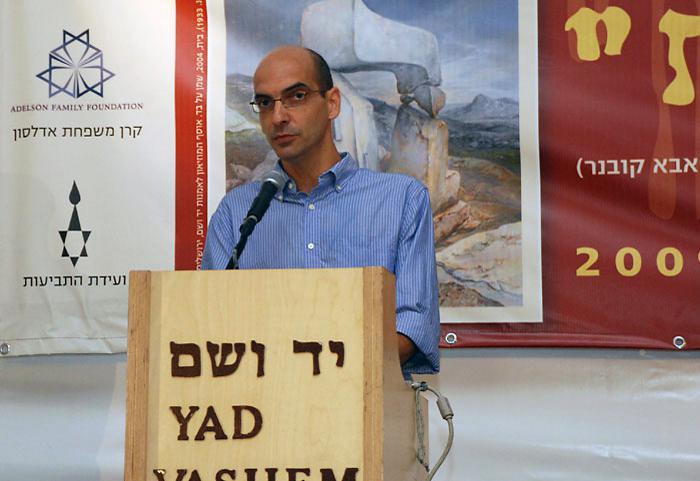
Interview with Dr. Doron Avraham, former Director of the ICHEIC Program for Holocaust Education in Europe at Yad Vashem
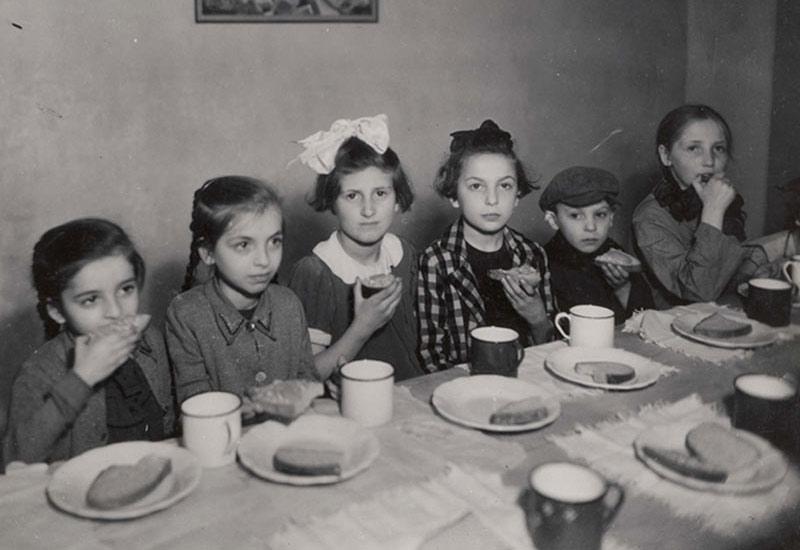
Mutual Assistance Within the Ghetto Walls
Duration: 2 hours
Trapped behind ghetto walls, the Jews of the Warsaw Ghetto suffered from starvation and the Nazi decrees designed to dehumanize them. Jews, however, found many ways to help each other through these difficult times. This lesson plan will highlight some of the organizations that were established to coordinate social welfare activities.
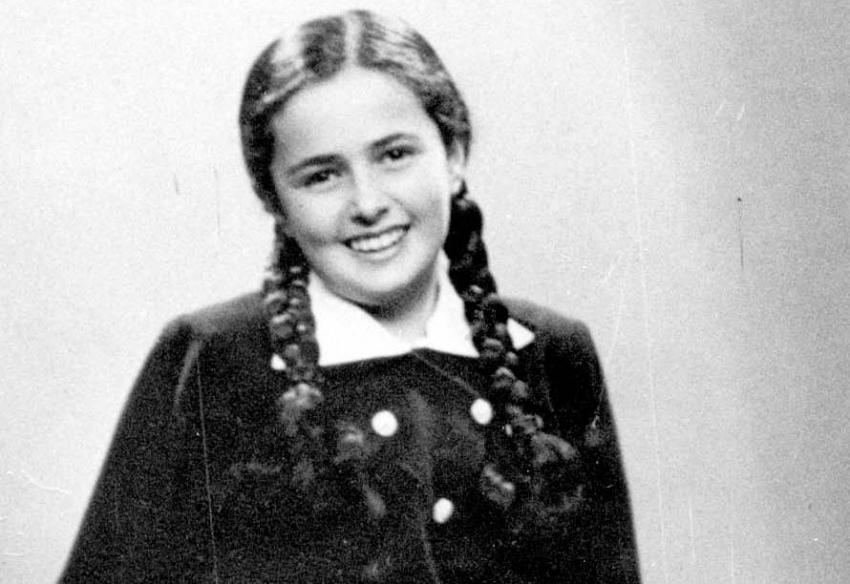
Teaching about the Holocaust through Children's Diaries
Duration: 1.5 hours
This lesson plan contains selected excerpts from the diaries of five children who lived and perished in the Holocaust. Through these diary entries, we will highlight some central stages many Jewish European children experienced: their pre-war existence; initial Nazi occupation; anti-Jewish decrees – the “badge of shame”, economic policies and disruption of schools; closure into ghettos or forced into hiding; daily life in the ghetto.
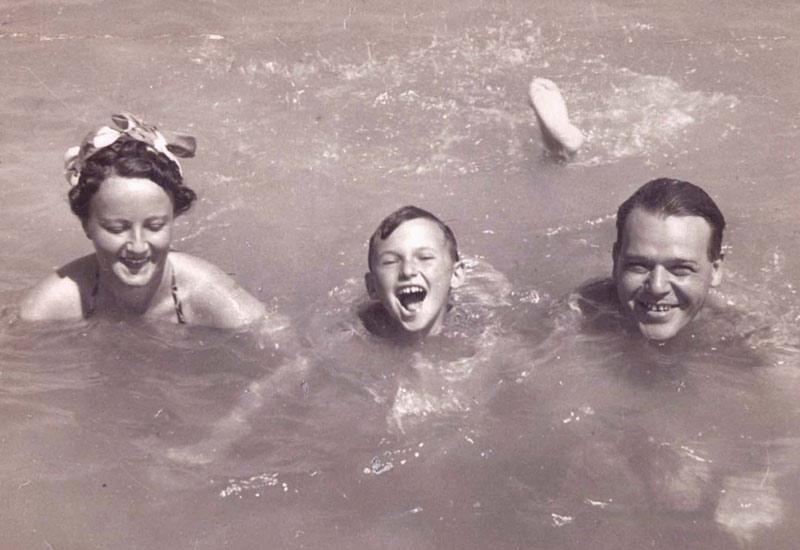
Life in the shadow of death: Holocaust memorial ceremony
Duration: 20 minutes
During the Holocaust, the dehumanizing conditions imposed upon Jews made it extremely difficult to maintain even a semblance of a spiritual or cultural life. In a reality where murder was an everyday occurrence, in a world where sadistic acts of cruelty were the norm, many did not have the strength to rise above the daily struggle to survive. This ceremony highlights some of those who managed to continue to live, to help their communities, perform Jewish rituals, organize institutions, and educate their children. It is those...
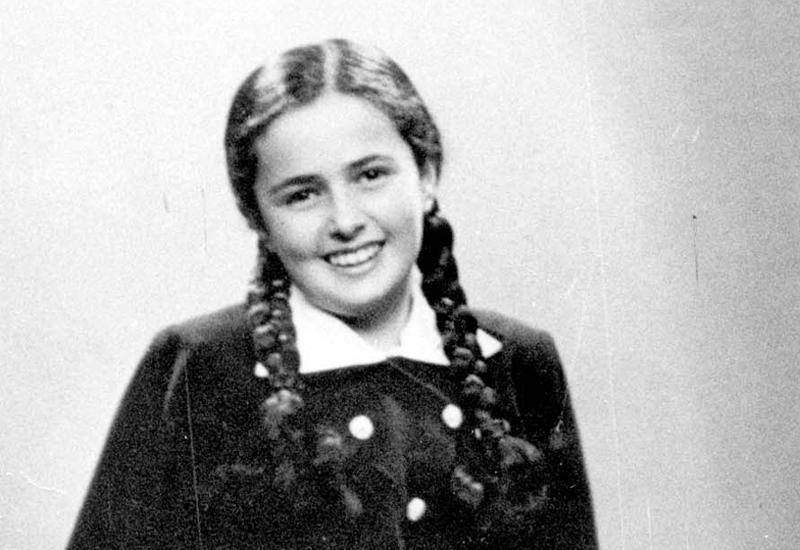
Dear Diary, I Don't Want to Die: Holocaust memorial ceremony
Duration: 20 minutes
One-and-a-half million Jewish children were murdered in the Holocaust, the majority of them with no one to perpetuate their memory or even their names. This ceremony highlights excerpts from the diaries of three Jewish children, as well as poems and memoirs.
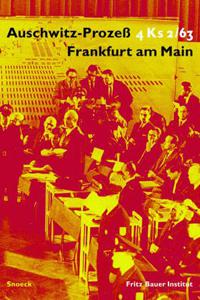
Auschwitz-Prozess 4 ks 2/63
Edited by Irmtrud Wojak and the Fritz Bauer Institut Staff
Fritz Bauer Institut, 2005
872 pagesThis is one of the heaviest books (in terms of sheer weight) on the Holocaust that has appeared in the last decade. Yet any effort invested in reading it (and carrying it) is well worthwhile. This volume, published concurrently with the ongoing historical exhibition in German cities marking 40 years since the Frankfurt Trials (1963-1965), is a treasure trove of information on Auschwitz, the Jewish and non-Jewish victims, the German perpetrators, and their collaborators.Anything...






